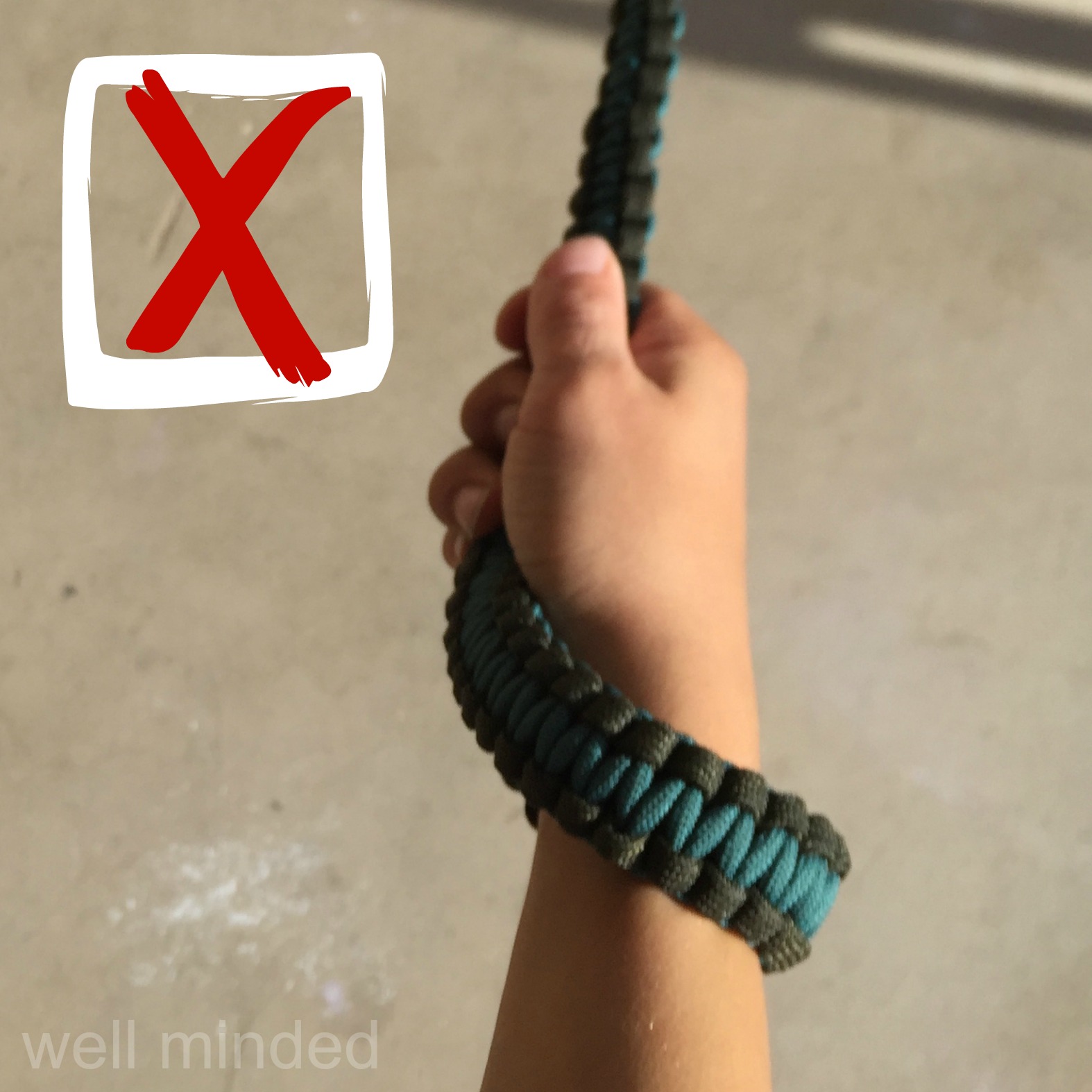understanding death
It is often difficult for children to understand death, so their first experience with it can be a confusing time. It often occurs when a beloved family pet passes, perhaps a dog or cat, or maybe a fish or hamster. It's often difficult for us, as parents, to guide our children through this difficult time as they navigate new and uncontrolled emotions. How we handle it may depend on our religious and spiritual beliefs, but the general themes and questions are common when we have to help our children cope with the death of a family pet.
If the pet's death is sudden and unexpected, we don't have a lot of time to think about it before discussing it with our children. If our pet is on a slow decline, it can be even more difficult, believe it or not. Depending on the age and personality of the child, you may wish to discuss what is happening to the pet with the child so that they can understand and be prepared, or you may wish to shield him or her. I'm an advocate for being open and honest whenever possible, but there are occasions where the child may be too young to understand or too sensitive to deal with the sadness that comes from the anticipation of the situation. There is no right or wrong answer–only what is right for your family.
how to help your child grieve
Children are often unsure about how to navigate the emotional maze of dealing with death. Regardless of what we say, specifically, which will largely be based in our belief system, there are some things we can all consider.
It's okay for them to be sad. Let them cry. And cry again. Over and over. Even if it's just a goldfish, the death of a pet is a very sad time, especially for children, who assign pets roles specific and powerful. Remember that your child may feel she is losing her companion, family member, and best friend. Be there to comfort and hold your child and let them know that though there will will always be a special place in the heart for their pet, their heart will feel better with time.
It's okay for you to be sad. Don't be afraid of letting your child see you cry. Sadness is a human thing, not just a kid thing, and though you need to be strong for your child and not go off the rails, crying and showing outward signs of grief are healthy for you as well as your child, and it's healthy for children to know that their parents are sad, too. You don't have to be a rock.
It's okay for them to be happy. Though unlikely (and inappropriate) that your child will be happy about the pet's death, it's okay to be happy at times during the grieving process. The body and mind need a break, so take your child to the park or out for ice cream or let them have a friend over to play. A little laughter and happiness during a difficult time can be healing.
It's okay for them to be angry. Your child may be angry at the pet for dying. Your child may be angry at you for "letting the pet die." Your child may be angry at the veterinarian for not saving your pet. Though you can explain that everyone did their best, know that feelings of anger can be a natural part of the grieving process for some children.
Alleviate any guilt your child feels. Your child may wonder if he or she did something wrong, or if they could have done something differently to help the situation. He may recall the time he yelled at the dog for chewing up his homework, or she may think about the time she forgot to feed the hamster for a day. Let your child know that death is a part of life and that guilt should not have a place in the grieving process. That being said, don't shut your child down if he or she wants to discuss these memories.
Talk, talk, talk, and let them ask questions. Though it's okay to give your child some space if they want it, talk about the pet's death as much as your child would like. Encourage them to ask questions about what happened to the pet and speak the truth as much as possible. You'll know the level of detail to share based on your child. Your child may ask the same question over and over, and that's okay, too. You can answer it over and over. There may be comfort in that for your child.
You may not have all of the answers, and that's okay. It's okay to say "I don't know." You may not know exactly why the pet died or how the pet felt. It's okay to say "I don't know," if your child has a question you can't answer.
Don't lie. I believe in honesty, especially when it comes to speaking to our children. You don't need to spell out all of the gory details, if they apply, but you can avoid taking the discussion to that level while still maintaining integrity and being honest. Our children deserve the best we have to offer, especially in difficult situations, and, to me, that means being truthful.
Consider your family beliefs and incorporate them into the conversation. Your family's faith and spirituality can be a powerful source of explanation and comfort during this difficult time. How you handle it is up to you, but in order to instill open-mindedness and acceptance of others for the future, I choose to tell my children "I believe XYZ, but others believe differently, and that's okay. No one knows for sure, so we can all choose what we want to believe. Isn't that amazing?" I feel that this approach is important, because I don't want my children getting into religious debates with friends on the playground. Everyone is entitled to their own set of beliefs. I even go so far as to tell my children that if they believe differently than I do, that's okay. Of course, you will need to draw from your own personal beliefs and principles when handling these types of conversations. Draw positivity and strength, regardless.
Let your child tell their friends and seek support from peers. Chatting with peers and having an independent voice about the loss can be very comforting. Your child's friends may have experience with the death of a pet and can lend a sympathetic ear. The more your child talks about it, the faster he will heal.
Your child may become worried about himself others dying. A child's first experience with death can be profound. It is common for children to feel insecure about the longevity of other pets in the house, their family and friends, or even themselves. It's important to discuss these matters with your child in whatever way you see fit. My father always told me "nobody ever gets out of this life alive." Though it may sound harsh, it was oddly comforting to me, and it was honest. Think about what you might say to your child if he or she becomes preoccupied with death.
Create a tangible memory in dedication to the pet. Though there is not usually a formal memorial service for a pet, you can honor the deceased in creative and positive ways with your child. This can help provide closure and can be comforting. Some suggestions:
• Take a walk with your family on the regular route you walked your dog. Talk about the dog and share funny stories and memories. You can even take along some sidewalk chalk and draw memorial words and pictures together along the route.
• Allow your child to paint a picture of the pet. Frame it and hang it in a place of honor in the house.
• Print pictures of the pet and allow your child to create a collage to hang in his or her room.
• Work with your child to create a digital slide show set to music in honor of the pet.
• Have your child write and illustrate a book about the pet and have it printed as a keepsake.
• Make a stepping stone for the garden in honor of the pet.
• Have a celebration of life party for the pet. Make a special meal to have as a family and talk about the pet over dinner.
There is no timetable on grief. Remember that every child will grieve differently. Your child may seem to go on as if nothing happened, or she may be down in the dumps for weeks or longer. Allow your child the time they need to process the death and grieve.
The death of a pet is a profound time in your child's life. It's personal. It's heartbreaking. But remember that it's also a time of growth. It's an opportunity for your child to gain valuable life experience and grow and come to know him or herself as a person. It's also a time to bond with your child and get to know each other better.
I believe that out of every negative comes something positive.
Grow. Live. Love and appreciate every day. And miss your pet. It's okay.
a personal side note
Since death is such an intimate matter, and you may wonder how I am qualified to speak about it, I wanted to share a bit of my personal story with you.
As a young child, I dealt with the death of a beloved dog and cat, Linus and Woody, a rabbit named Ernie, and too many fish to name. The greatest blow was when my mother passed away when I was eight years old. My family–as all families do–did a lot of good during those difficult times and also made some mistakes. We all make mistakes.
As a mother and professional pet sitter, our family has dealt not only with the deaths of some of our own pets, but the deaths of many clients' pets who we have grown to love (my children often accompany me on pet sitting visits). On one horrifying occasion, a client's pet died of natural causes in my arms as my children looked on.
Every situation is different. Every family's set of beliefs is different. I hope this article brings you some source of comfort if you are going through this presently. If you are reading this in preparation, I wish you the best in the inevitable journey ahead.
DISCLAIMER: I am not a mental health professional. I speak only from personal experience. If you or your child suffers debilitating psychological symptoms following the death of a pet or other difficult circumstance, please seek professional help immediately.
This article, written by me, originally appeared on Brie Brie Blooms and is reposted here with minor changes with permission.
•
How has your family dealt with the loss of a pet? Please share your story so others can learn.











